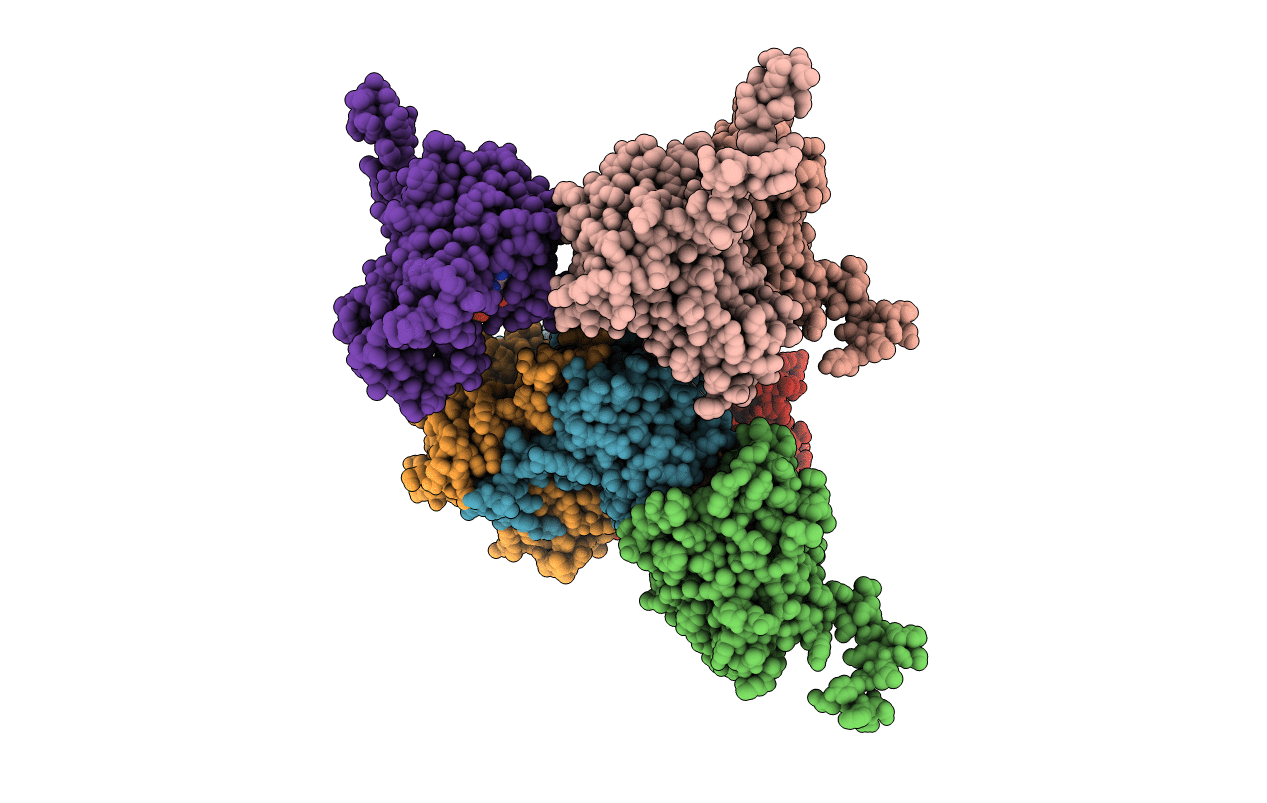
Deposition Date
2019-05-09
Release Date
2019-06-26
Last Version Date
2023-10-11
Entry Detail
PDB ID:
6OW4
Keywords:
Title:
Structure of the NADH-bound form of 20beta-Hydroxysteroid Dehydrogenase from Bifidobacterium adolescentis strain L2-32
Biological Source:
Source Organism:
Bifidobacterium adolescentis L2-32 (Taxon ID: 411481)
Host Organism:
Method Details:
Experimental Method:
Resolution:
1.99 Å
R-Value Free:
0.23
R-Value Work:
0.18
R-Value Observed:
0.19
Space Group:
C 1 2 1


